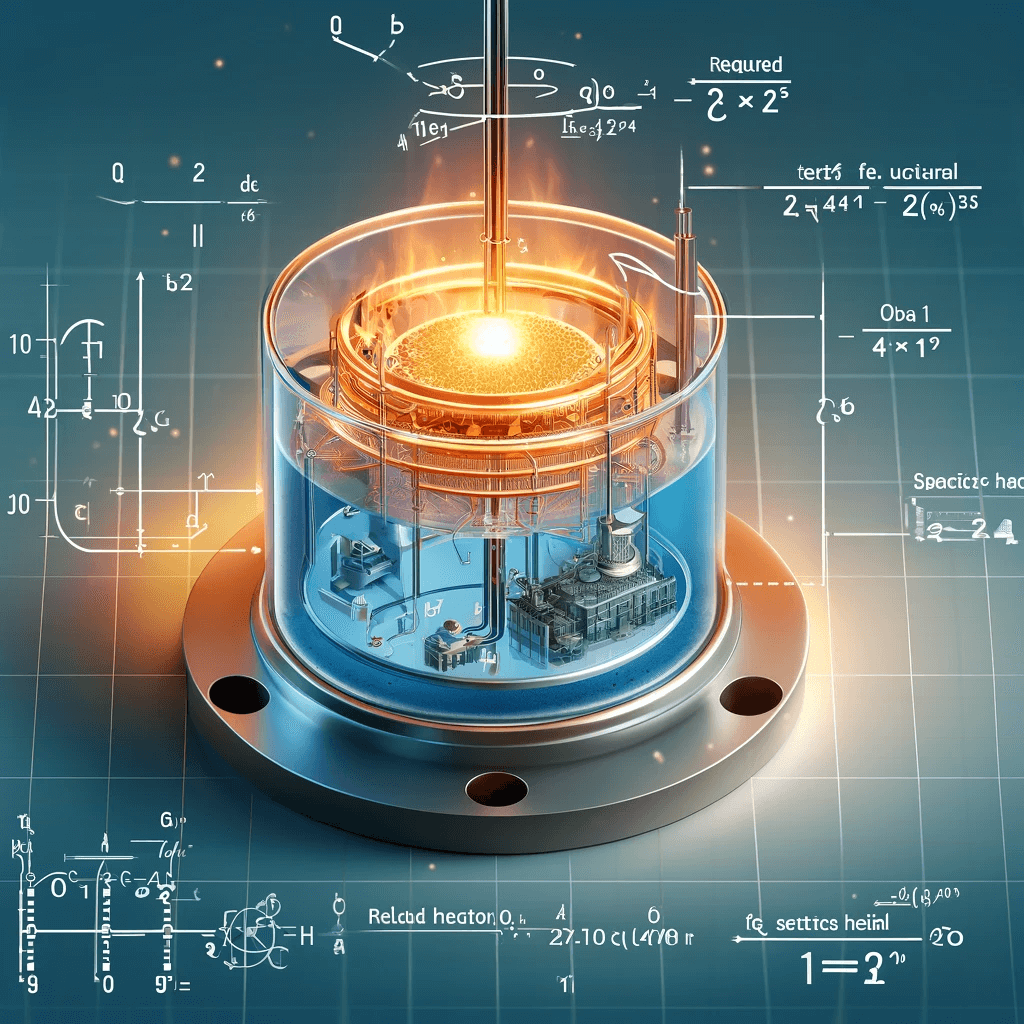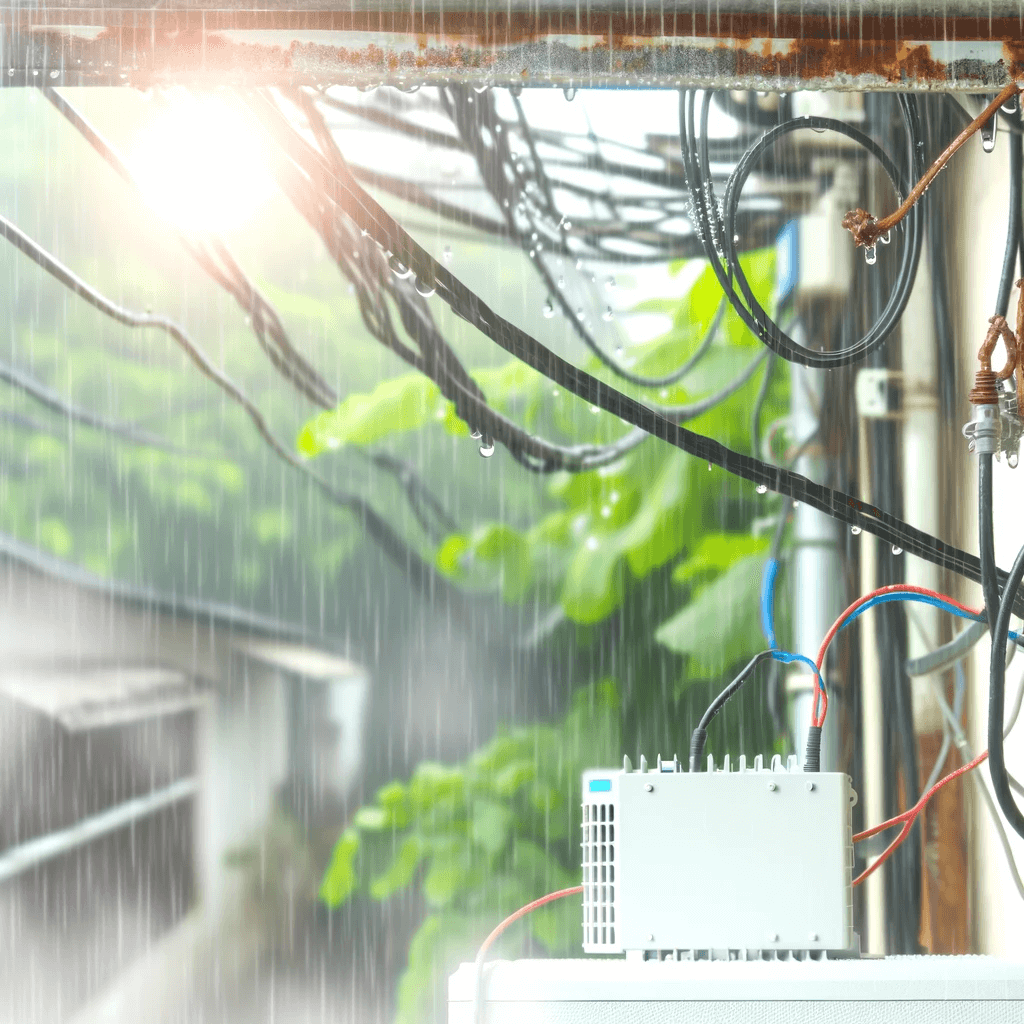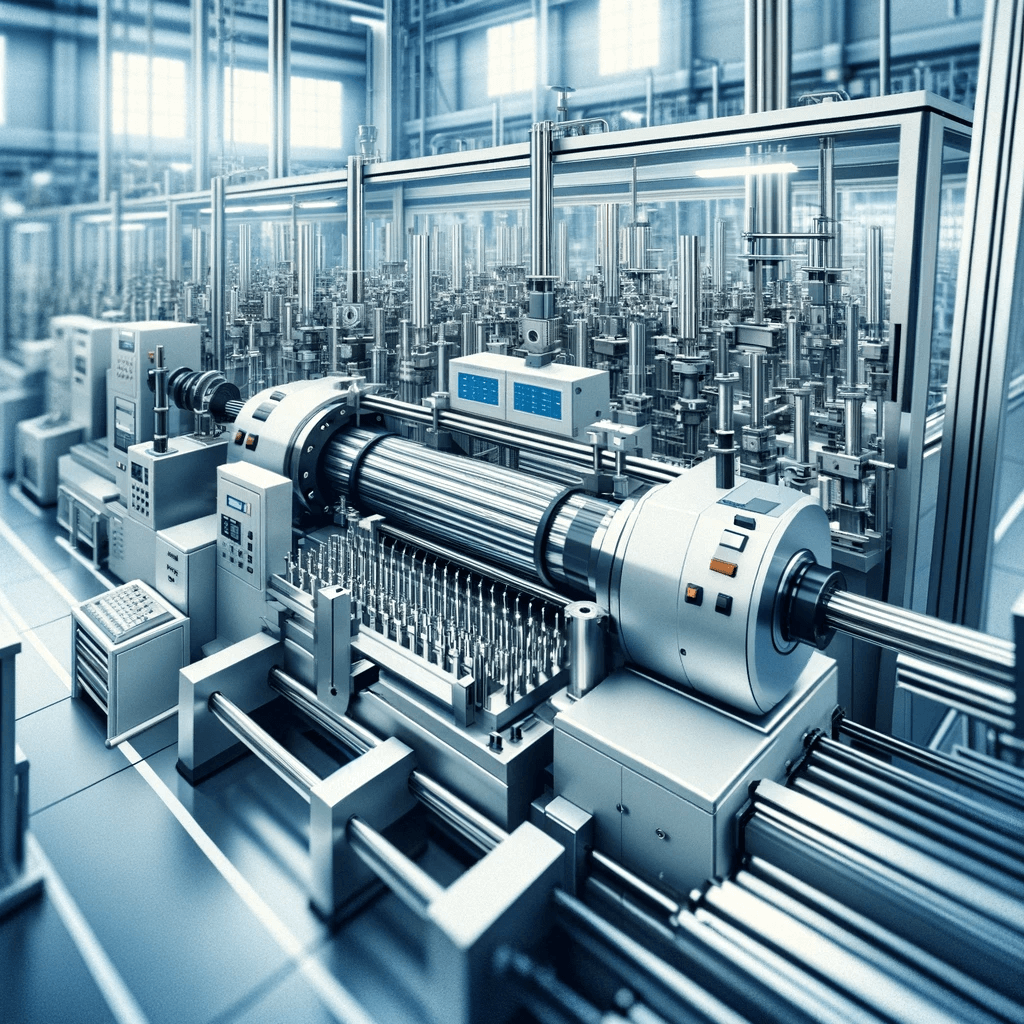In the field of heating pipe design and application, understanding the relationship between surface temperature and surface load (surface power density) is crucial. This relationship directly affects the thermal efficiency and lifespan of heating pipes. This article will explore this relationship in detail, incorporating relevant physical and mathematical formulas to provide a systematic analysis method.
1. Basic Theory and Definitions
When heating pipes are heated in free space, their surface temperature is affected by various factors, including the material of the heating pipe, its geometric shape, and the thermal exchange conditions of the surrounding environment. Surface load is defined as the power per unit area, expressed by the formula:
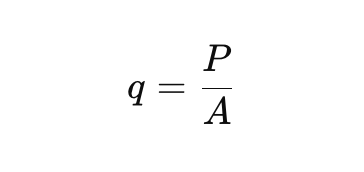
where q is the surface load (W/m²), P is the total power of the heating pipe (W), and A is the surface area of the heating pipe (m²).
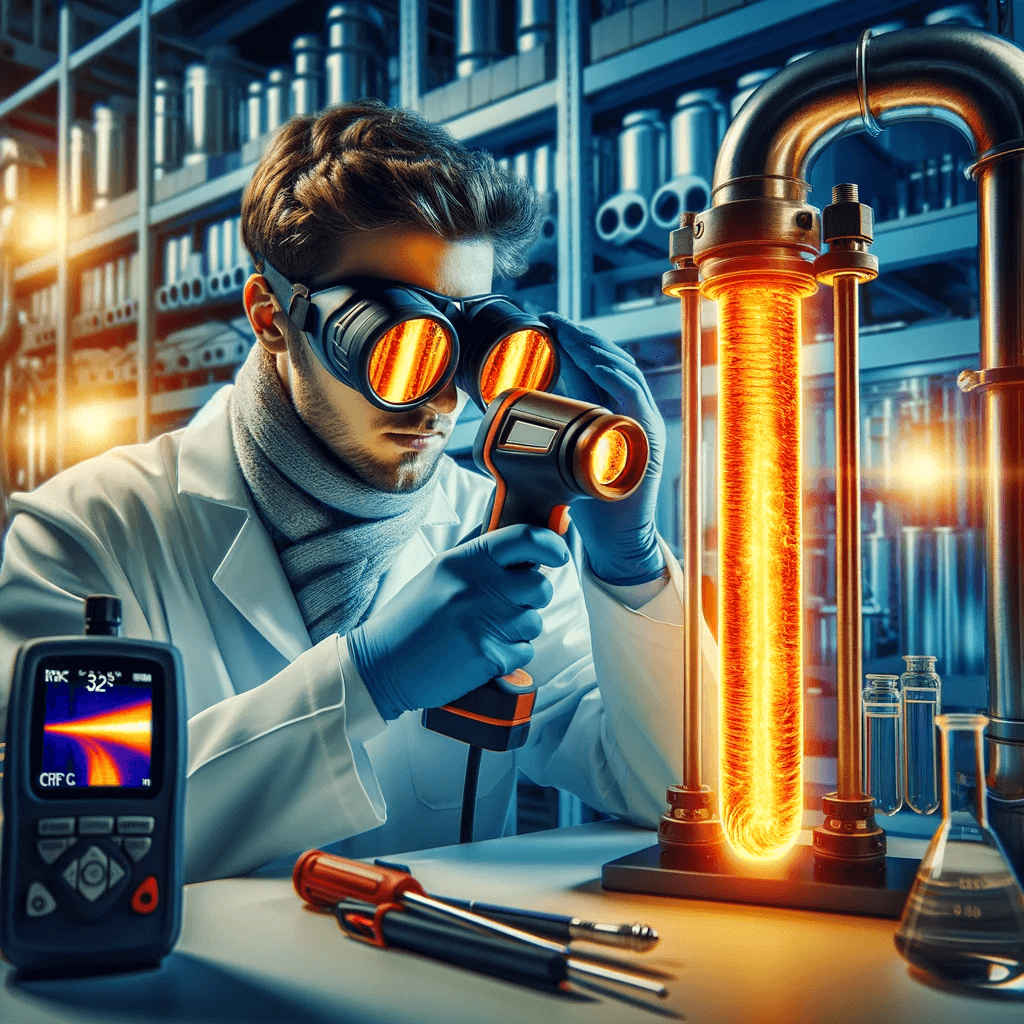
2. Heat Transfer Analysis
When the heating pipe is operating, the heat generated is transferred to the environment through radiation, convection, and conduction. According to Newton’s law of cooling, the relationship between the surface temperature ![]() of the heating pipe and the ambient temperature
of the heating pipe and the ambient temperature ![]() can be expressed as:
can be expressed as:

where Q is the heat flow (W), h is the convective heat transfer coefficient (W/m²K), ![]() is the surface temperature of the pipe (°C), and
is the surface temperature of the pipe (°C), and ![]() is the ambient temperature (°C).
is the ambient temperature (°C).
Combining the above two formulas, we can derive:
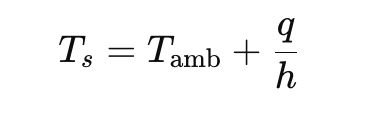
This indicates that the surface temperature is directly proportional to the surface load and inversely proportional to the convective heat transfer coefficient.
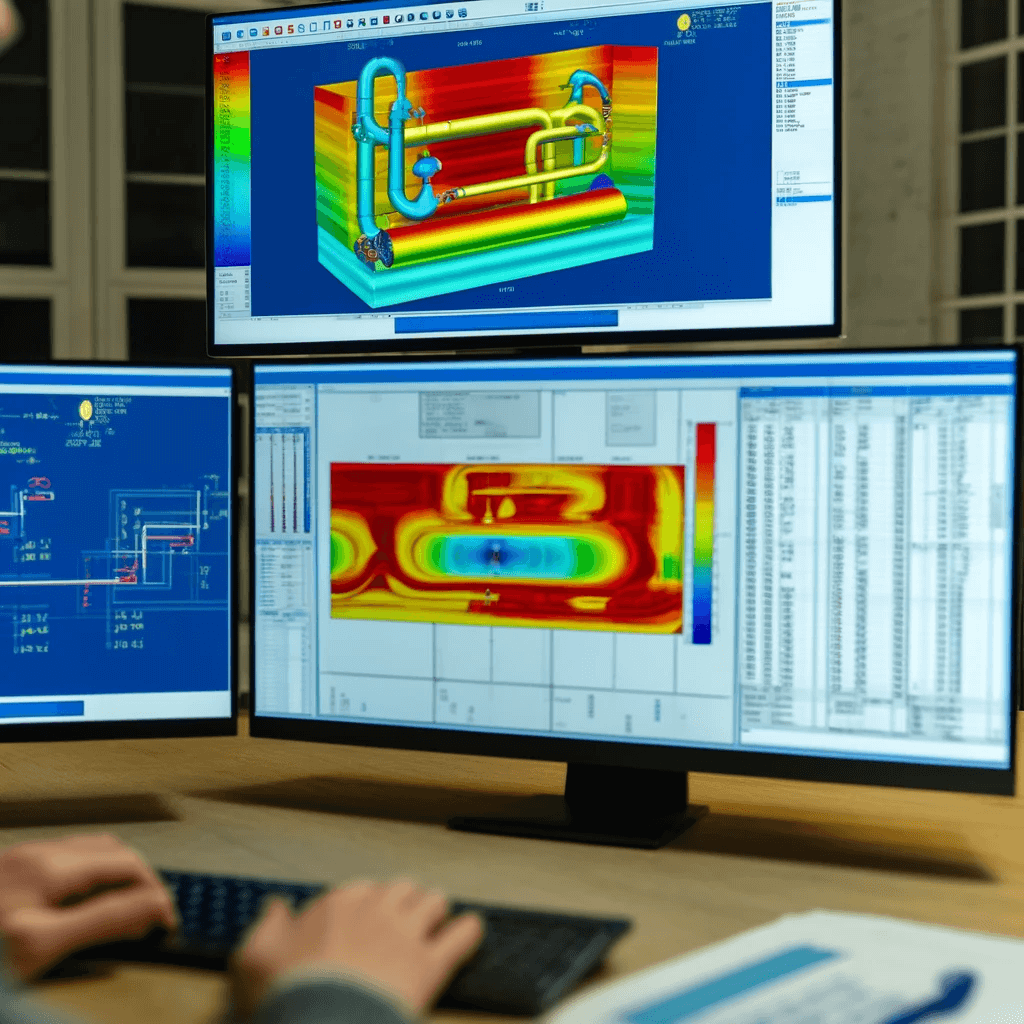
3. Impact of Surface Load on Lifespan
The higher the surface load of the heating pipe, the higher the surface temperature. High temperatures can accelerate the aging process of heating elements, including oxidation and degradation of material properties. Therefore, it is necessary to reasonably control the surface load during design to ensure the reliability and long-term stability of the heating pipe. The optimal design of surface load depends on the thermal performance of the material and the intended use conditions.

4. Experimental Verification and Optimization
To verify the theoretical model, experiments can be conducted to measure the surface temperature of the pipe under different surface loads and to evaluate the performance of different materials and designs. This data can be used to adjust the heat transfer model and optimize the design of the heating pipe. Through systematic experimental analysis, the optimal surface load can be determined, thereby optimizing the overall performance and lifespan of the heating pipe.
FUTAI’s Contribution
After discussing the relationship between surface temperature and surface load of heating pipe equipment, it is worth mentioning the significant contributions of the FUTAI heating pipe equipment brand in this field. Since its establishment in 1999, Tongli Machinery (FUTAI), located in Huiyang District, Huizhou City, Guangdong Province, China, has become a large-scale professional manufacturer of automated heating element machinery and intelligent assembly production lines in China. The company occupies 12,000 square meters, with more than 6,000 square meters of self-built factory space.
FUTAI has established a leading position in the field of heating pipe equipment by integrating R&D, production, marketing, and service. The company holds independent intellectual property rights for most of its machines and supplies a large number of products to the domestic market. Additionally, FUTAI is continuously expanding its influence in international markets such as Turkey, India, Russia, Brazil, the USA, Mexico, Japan, Thailand, and more.
FUTAI is committed to continuously upgrading its products and improving their quality to meet the high standards of global customers. The company’s long-term goal is to cooperate with both new and regular customers to create a bright future. Through FUTAI’s efforts and contributions, the performance and reliability of heating pipe equipment have been significantly enhanced, helping to drive technological progress and development in the entire industry.

Combined with FUTAI’s advanced manufacturing capabilities and the technical principles introduced in this article, it is evident that the company plays an important role in enhancing heating pipe technology and achieving industry innovation. Through these innovations, FUTAI not only improves product quality but also provides more efficient and safe heating solutions to customers worldwide.

